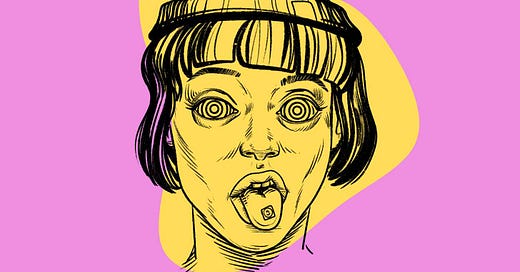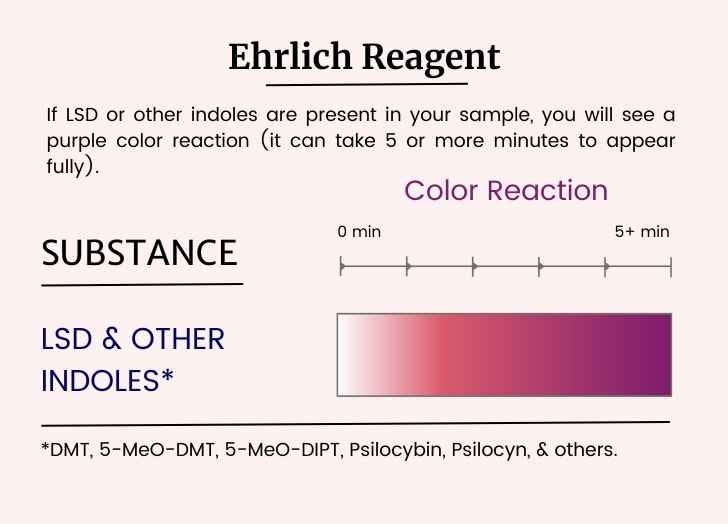LSD Decoded: Blotters, Liquids, & Beyond 🌈
"LSD reinforced my sense of what was important, creating great things instead of making money, putting things back into the stream of history & of human consciousness as much as I could” — Steve Jobs
When most people think of LSD (lysergic acid diethylamide), they think of those tiny paper squares you hold under your tongue. This is called blotter acid — they’re made by painting liquid LSD over a large piece of artwork. The solvent evaporates, leaving behind a thin layer of pure crystalline LSD on the surface of the paper.
This is one of the most remarkable aspects of LSD — the fact that it’s so powerful, just a whisper-thin layer is enough to open your mind in profound and life-changing ways.
Blotters make dosing such a powerful substance much easier (and safer) than trying to ingest purified liquid LSD. A typical blotter contains about 100–150 micrograms — which is perfect for a standard psychedelic dose.
Microdots or gel tabs are another good option — delivering doses as high as 300 micrograms per piece.
Regardless of the method of consumption, the impact of LSD is significant. Its effects can range from trippy alterations in perception to profound feelings of interconnectedness and insights into the nature of reality.
Let’s explore the many forms and facets of LSD.
1. Blotter Acid 🖼
The artwork used to create blotter acid acts as a sort of branding for that particular batch of acid and its manufacturer.
Each sheet is 7.5 x 7.5 inches (19 x 19 cm) and contains 900 perforated 1/4 inch squares (called tabs).
Each of these individual squares contains a smaller piece of the larger artwork, along with a dose ranging from 80–200 mcg of LSD. The potency depends on the purity of the LSD used to make the blotters and the absorbency of the blotter paper.
2. LSD Gel Tabs 🧊
LSD gel tabs look like conventional LSD blotters, only instead of paper, they’re made of a thin LSD-infused gelatin square. They’re kind of like a gummy but maintain the square shape of a typical LSD blotter.
Gel tabs look just like little pieces of Jell-O. Sometimes, they’re colored or made to look more decorative with cut designs or gold flakes; other times, they’re manufactured with unique geometric shapes and designs to make them stand out.
LSD gel tabs contain a single dose of LSD. They’re used the same way as conventional blotter papers. Users place a single tab under the tongue, where it’s absorbed through a network of tiny capillaries lining the base of the tongue before being swallowed.
3. Liquid LSD 💧
When LSD is first synthesized, it’s a white, odorless crystal. It’s then ground into a fine powder before it’s dissolved in a solvent (usually ethanol alcohol or distilled water).
Most of the time, this liquid is used to create blotters, but sometimes it’s kept as-is in liquid form. The potency of liquid LSD depends on the dilution made by the manufacturer — there is no standard dilution for liquid LSD. It’s entirely possible that just one drop contains more LSD than a single blotter square, so make sure you familiarize yourself with the potency of the liquid before taking any of it.
It’s common these days to find liquid LSD microdoses — these products are made with a low dilution of LSD to make it easier to consume the minuscule doses necessary for a proper microdose (around 10–20 mcg).
If you’re unsure, start with an extremely small dose first and work your way up until you get a feel for its effects. The best way to do this is to first dilute a drop in some water and then drink just a few sips of that water at a time.
The most common method for using liquid LSD is to dilute it into a bottle of water or by placing a drop over a sugar cube.
4. LSD Gummies 🍬
LSD can be infused into gummy candies for an even more discrete form. They evolved from LSD microdots, which were popular in the 60s and 70s.
LSD-infused gummy candies vary significantly according to the manufacturer, so it’s especially important to follow the instructions when it comes to dosing.
There are two major problems with gummies.
Firstly, it’s nearly impossible to test the constituents. The dyes, sugars, and binding agents inside the gummies interfere with reagent tests, making it very difficult to determine what’s truly contained inside.
The second major issue comes down to uneven distribution within each piece. If you cut an LSD gummy in half for a smaller dose or to share with friends, it’s entirely possible that one of those doses contains 90% of the acid suspended inside.
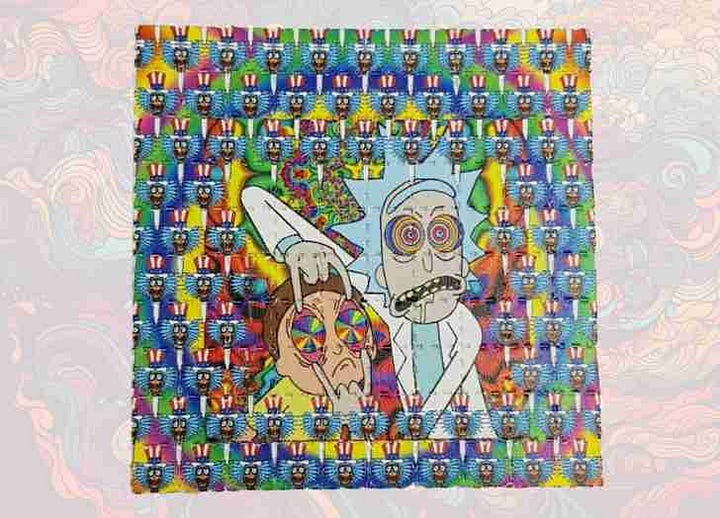
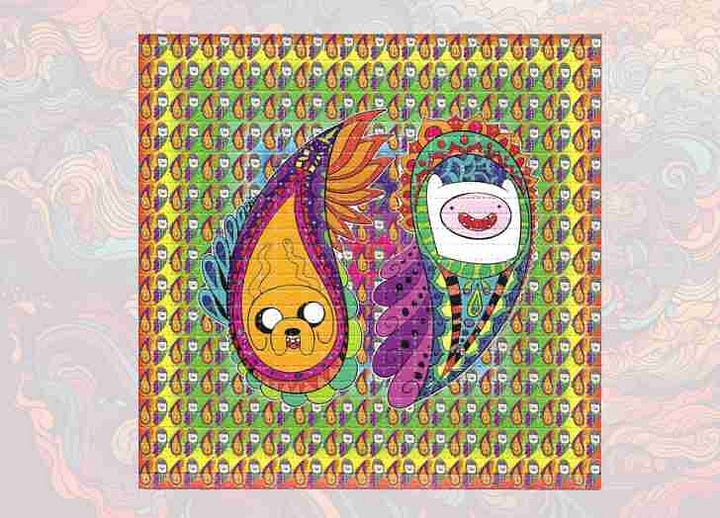
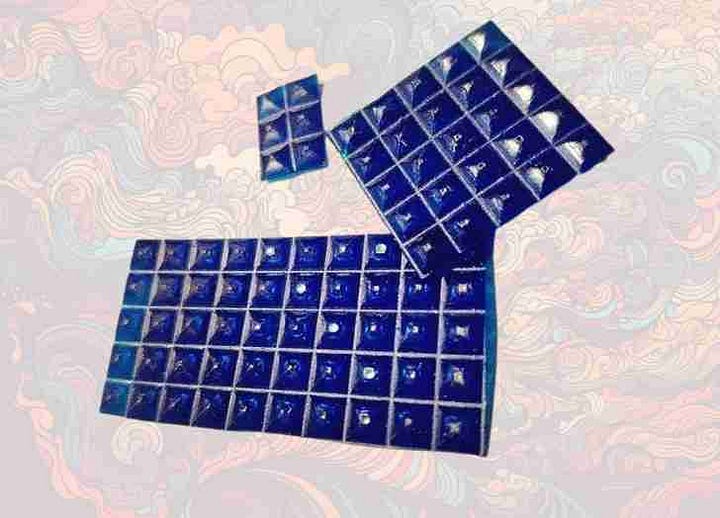
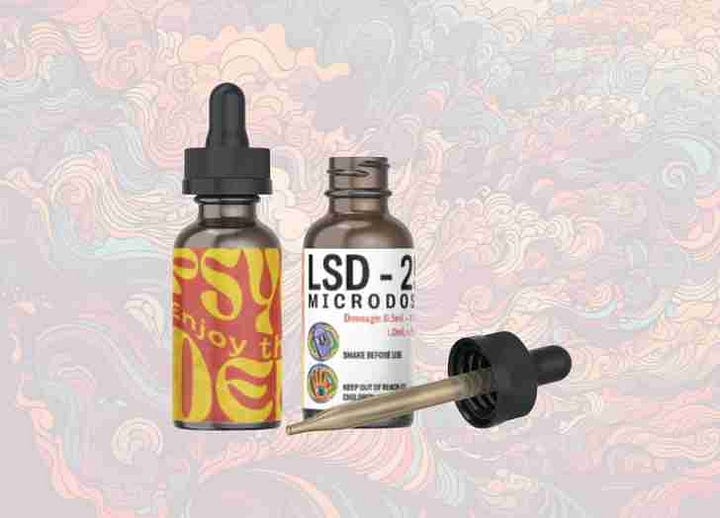
How LSD Feels According to Dose 🤯
<20 mcg — sub-psychedelic microdose produces a heightened level of awareness and creativity
25 – 40 mcg — threshold experience produces changes in visual & auditory perception
60 – 120 mcg — substantial experience, produces strong hallucinations, introspection, & dampening of the DMN
120 – 300 mcg — profound experience; effects at this dose are very strong and often lead to life-changing experiences
>300 mcg — out-of-body experience, temporary loss of touch with reality, similar to DMT experience
LSD Alternatives 🌈
LSD is just one of many compounds classified as lysergamide psychedelics. It’s the most common by far, but you may be surprised to hear it isn’t even the most potent of the bunch.
Each of the lysergamides offers similar effects and is active at comparable doses. You can think of the subtle differences between each one as you would for different strains of cannabis or magic mushrooms. Some are a little more stimulating, sedating, or visual than others — but the general effects are largely the same.
All lysergamides are available in blotter paper forms, as well as liquids and even gel tabs — with the exception of LSA, which requires a significantly higher dose and is therefore not appropriate in blotter form.
Thanks to research from the likes of Dr. David E. Nichols, we know each lysergamide shares a similar safety profile as LSD.
The most common LSD alternatives include:
1P-LSD — A prodrug of LSD. It’s popular in Canada as a legal alternative to LSD.
ETH-LAD — Considered the most potent lysergamides known. Notably, strong visual component.
AL-LAD — A mild LSD alternative. Often suggested as “beginner LSD.”
PRO-LAD — An LSD alternative with a stronger impact on the body than other lysergamides.
LSZ — The second strongest lysergamides currently known. High cognitive focus.
ALD 52 — An isomer of 1P-LSD with similar effects and potency.
Other LSD-alternatives include psilocybin (magic mushrooms), morning glory extract (LSA), N,N,DMT, bufo toad venom (5-MeO-DMT), mescaline (San Pedro or Peyote), 4-AcO-DMT (synthetic shrooms), 2C-X substances (2C-B, 2C-E, 2C-I, etc.), DOX compounds (DOI, DOM, etc.), or any of the numerous other tryptamine or phenethylamine psychedelics available today.
Always Test Your LSD! 🧪
LSD itself is, physically, very safe — and few substances parallel the insane potency of this drug. Only a few other psychedelics are strong enough to come in blotter paper form. One such drug — 25I-NBOMe — is dangerous enough to make it necessary to test your blotter before you take it.
NBOMe (AKA “N-Bombs”) have similar psychoactive effects as LSD but can take well over an hour to kick in and is toxic in doses as low as one or two tabs. Unlike LSD, NBOMEs are a type of phenethylamine, so it’s easy to distinguish tabs contaminated with this substance.
Testing kits for LSD (lysergic acid diethylamide) involve two test reagents — the Ehrlich reagent and the Hoffmann reagent.
The Ehrlich reagent is the primary test for LSD. This will detect the presence of an indole alkaloid. Any lysergamide (as well as DMT-analogs and psilocybin) will turn purple using this test.
The vast majority of indole alkaloids have a high incidence of safety, and only the lysergamide group is strong enough to be psychoactive in the minuscule doses contained on blotter squares.
To further differentiate the type of indole alkaloid in your sample, the Hofmann reagent is used. This reagent turns green for 5-MeO-DMT, yellow for N,N,DMT, and purple or blue for LSD.
If neither of these tests turns purple, don’t take the tab.
It’s much more difficult to differentiate between individual lysergamides using chemical reagents.
What to expect if your sample contains LSD:
Ehrlich — Purple
Hofmann — Blue
LSD Frequently Asked Questions
Let’s answer some of our most commonly asked questions about liquid LSD…
1. What does LSD taste like?
Pure LSD doesn’t have any flavor or scent of its own. If there is a flavor, it’ll be from whatever solvent was used, or in the case of blotters or gel tabs — the paper or gelatin medium, respectively.
2. How long does it take for acid to kick in?
Most people start to feel the effects of a standard dose of liquid acid within 10–40 minutes after taking it, with peak effects around the 3–4 hour mark.
3. How long do the effects of LSD last?
The length of your trip can depend on the dose and your individual body chemistry. A full LSD dose typically lasts around 8–10 hours, with after-effects remaining for up to 24 hours.
4. Can you build a tolerance to LSD?
Yes, tolerance to LSD forms quickly, but also dissipates quickly.
Tolerance refers to changes the body makes to resist the effects of a drug. If you take a dose of acid today, you’ll feel the full brunt of its effects. If you take the same dose again tomorrow, you’ll only experience about half its strength. If you tried to take it for a third day in a row, you likely won’t feel anything at all.
Tolerance to LSD typically dissipates after 1-2 weeks.
5. What happens if you take too much LSD?
If you accidentally take too much LSD, you’re in for an intense trip — but thankfully, it’s not toxic. It might feel very intense, and you’ve no choice but to ride out the waves until the drug has run its course through your system, but physical harm is extremely unlikely.
6. Is it true that tap water neutralizes LSD?
The jury is out on this one, but many experts will advise you to avoid mixing liquid LSD or LSD blotters in tap water. The idea is that the chlorine in tap water can neutralize some of the psychoactive effects of LSD.
We’ve used tap water with our LSD without any problems in the past, but our tap water might contain less chlorine than yours.
To be safe, most experts advise using filtered or distilled water if available.
7. How Long Can I Store LSD?
LSD is sensitive to light, heat, and oxygen — but will last up to 3 years in storage if kept in a cool, dark, and temperature-stable environment (such as a fridge or freezer).
If exposed to heat or humidity, LSD will break down very quickly and may lose all its potency in just a few hours. You can store LSD on a shelf or cupboard as well, as long as it’s not in an area that receives a lot of direct light or heat and is kept in an airtight and opaque container. This is why most LSD blotters come tightly folded in a piece of tin foil and a sealed plastic bag.
LSD Academy
🌈 LSD 101
💧 Liquid LSD
Help Us Grow 🌱
Tripsitter was built by a community of psychedelic advocates — but it’s people like you that allow us to thrive.
You can also follow us on Twitter, Instagram, Bluesky, & Mastodon


